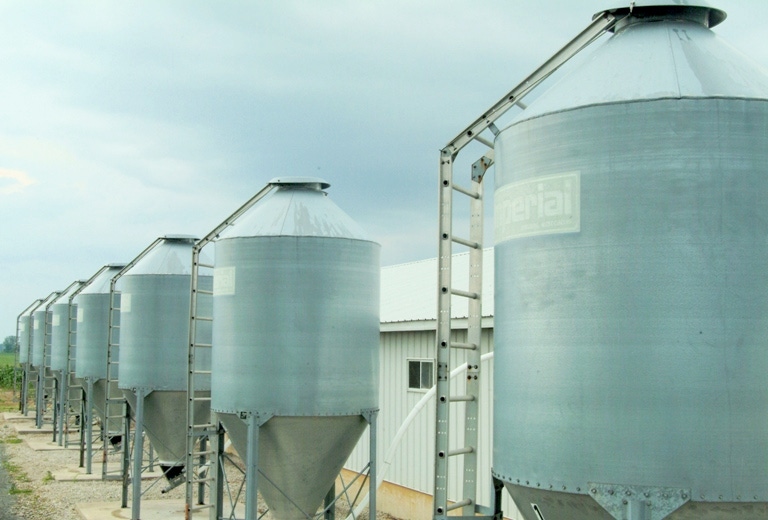African swine fever: What role do feed ingredients play in spread?
Recently published study demonstrates the ability of the virus to survive in several feed ingredients in simulated movement from Eastern Europe to the United States.
August 21, 2018

By Scott Dee, DVM MS PhD Dipl; ACVM, Director, Pipestone Applied Research
On Aug. 3, the Swine Health Information Center reported that African swine fever virus had been identified in a northeast Chinese pig herd. This is the initial report of this disease in the country of China, although it had been reported in Russia and Eastern Europe. ASFV is a very tough virus, as it is very stable outside the host and there is no vaccine currently available. Historically, the virus had been reported to be spread through ticks, wild boars and the movement of contaminated meat products between villages; however, the infected premises in China were thousands of miles from other known cases of ASF. Investigations are currently under way to contain the infection and determine the source of the virus.
In my opinion, another risk factor that needs to be considered is that of contaminated feed ingredients. Working with Megan Niederwerder from Kansas State University and Diego Diel from South Dakota State University, Pipestone Applied Research recently published a study that demonstrated the ability of the virus to survive in several feed ingredients as we simulated its movement from Eastern Europe to the United States.
In our model, viable ASFV was recovered 30 days post-inoculation from conventional and organic soybean meal, soy oil cake, choline, three types of pet foods, pork sausage casings and complete feed. These ingredients had been inoculated with a standard amount of ASFV at the Kansas State University Biosecurity Research Institute and housed in an environmental chamber for a 30-day period representative of a “journey” from Warsaw, Poland, to the port of LeHarve, France, across the Atlantic Ocean entering the United States at New York City and transported to Des Moines, Iowa.
Throughout the simulation, we exposed the ingredients and the virus to representative environmental conditions (temperature and relative humidity) that cargo would actually experience over land and sea during a real shipment. The study was funded by the SHIC and the paper can be found at PLOS ONE.
This is brand new information on a novel risk factor for this virus, and besides wild boars and meat, we now need to add feed ingredients to the list of potential routes of viral transport and transmission between herds, as well as possibly between countries. Based on the quantity of material we import from China, we will need to be very careful to protect our national herd.
Fortunately, it does not harm people or other animals, but should we get ASFV, our export markets would close immediately. At this time, Pipestone Applied Research is working with Niederwerder and Diel on evaluating the ability of feed additives to reduce the risk of viral survival in feed. We appreciate the funding for these efforts from SHIC and we promise to have new information soon.
You May Also Like



